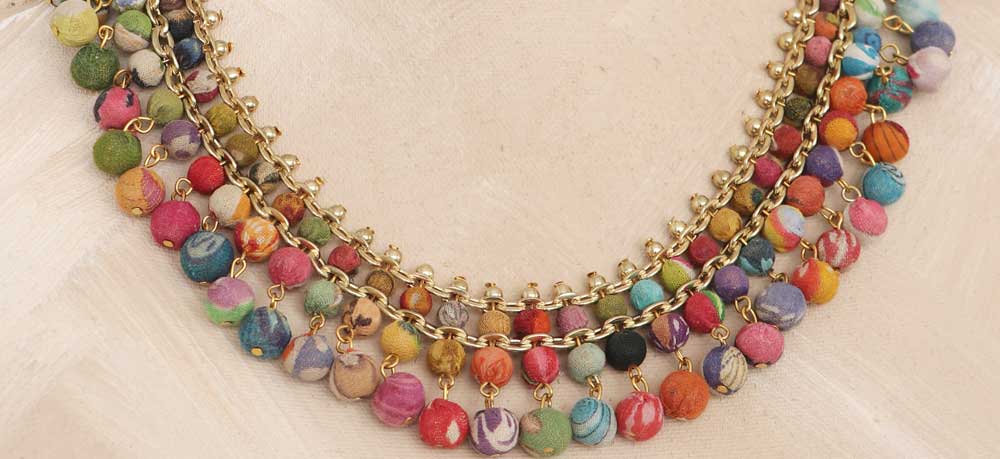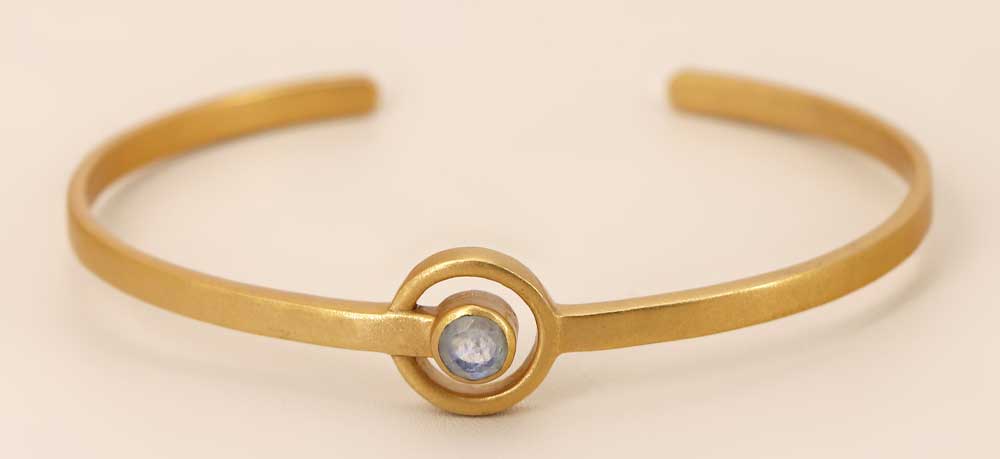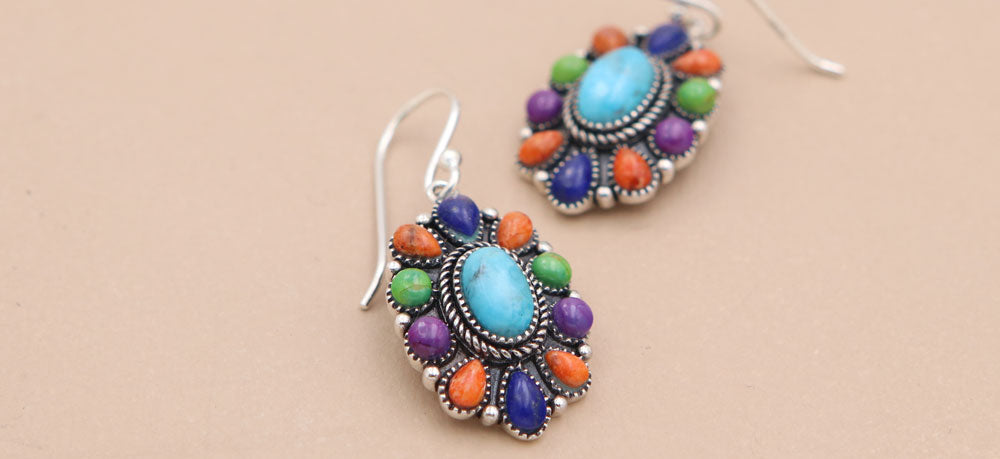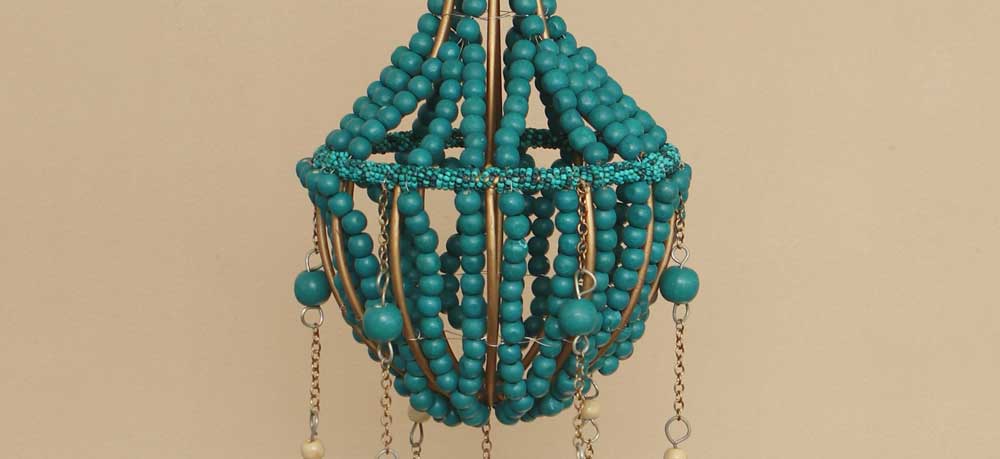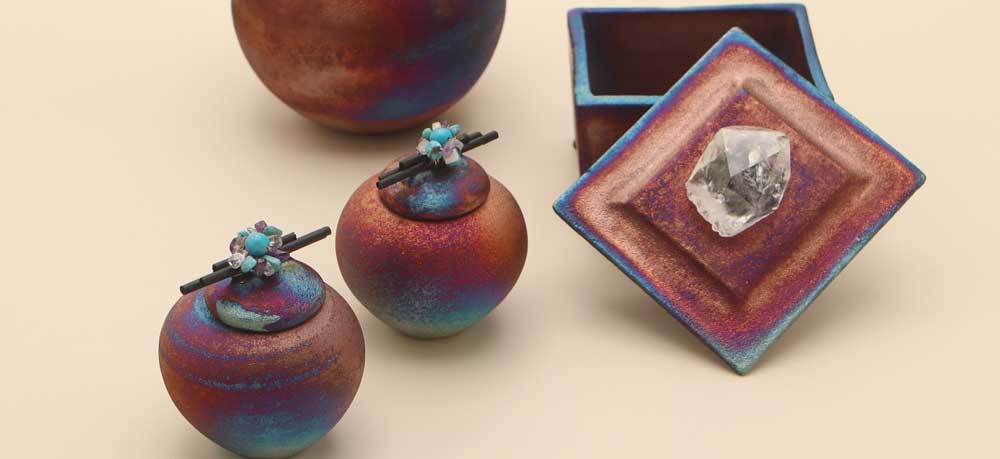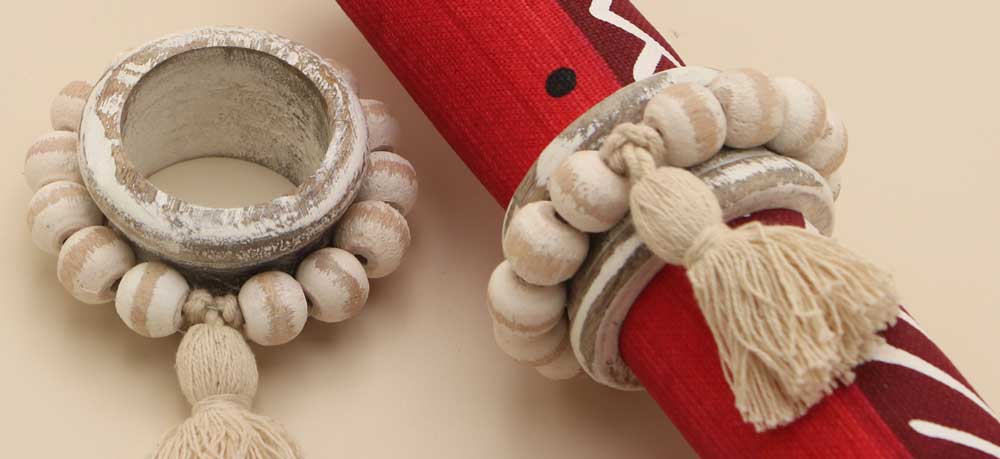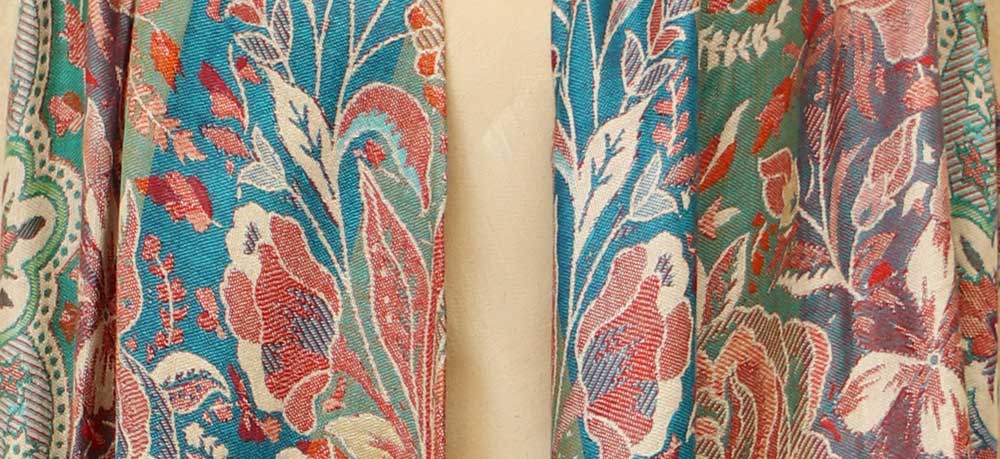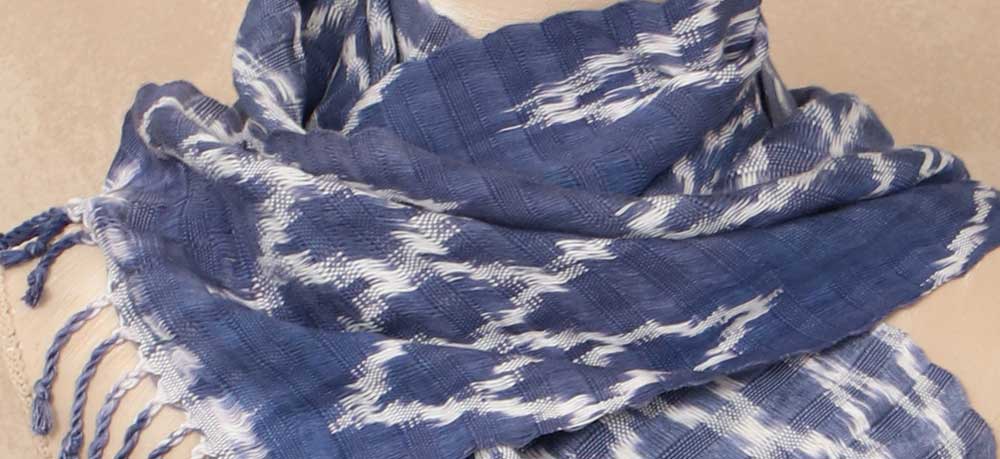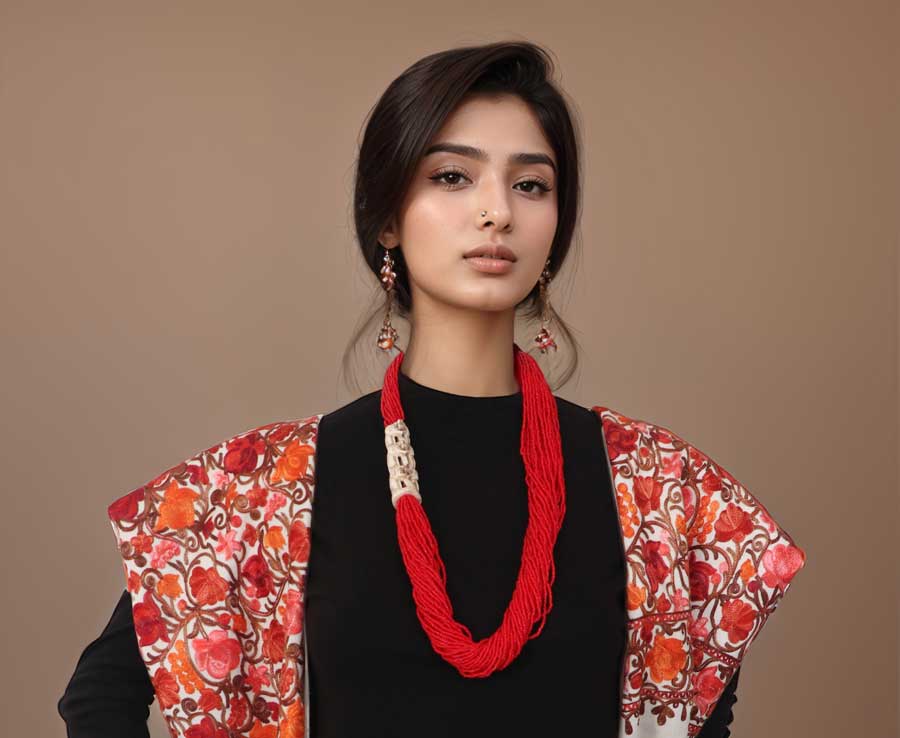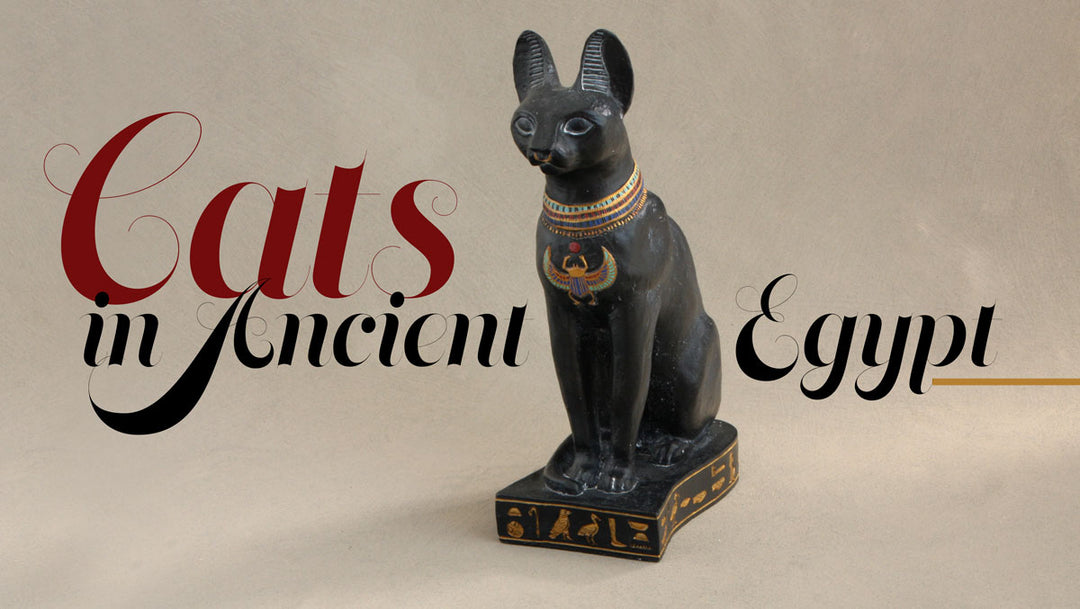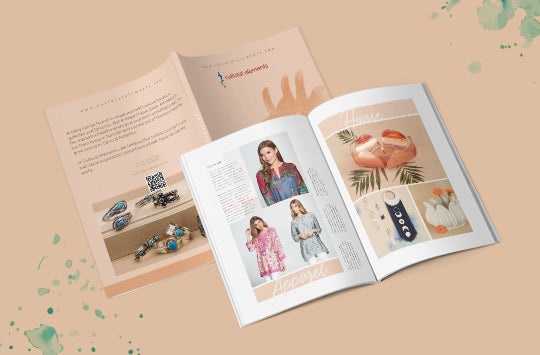A Guide To Silver Shopping: 5 Types of Silver

Sterling Silver
Sterling silver is what most of us are familiar with. Sterling silver consists of 92.5% pure silver and 7.5% metal alloy. The alloy is usually copper, though it can also be nickel. Sterling silver is often used to make jewelry because the copper results in a harder, and thus more durable, material. You can determine if a piece is made of sterling by looking for the signature “.925” stamp. Sterling silver naturally tarnishes due to the presence of the copper, but you can easily fix it with polishing.
Hill Tribe Silver
Hill Tribe silver, which is sometimes referred to as Thai silver, refers to silver crafted by Karen ethnic tribes who reside throughout Thailand, Laos, and Cambodia. Hill Tribe silver is almost always handmade and contains a higher percentage of silver than sterling: most Hill Tribe jewelry has a silver content anywhere between 95% to 99%. Because of its higher silver content, Hill Tribe silver doesn’t tarnish nearly as easily as sterling. However, the higher silver content also makes it softer and more malleable (and thus easier to for craftsmen to work with by hand).
Fine Silver
Fine silver usually refers to any material that contains 99.9% silver and is the highest grade of silver you can find. However, because it has such high silver content, fine silver is incredibly malleable and easily gets scratched and dented. While fine silver may occasionally be used for pieces like earrings and necklaces, many vendors don’t consider it an ideal material for jewelry.
Silver-Plated
Silver-plated simply refers to jewelry which has a base metal covered in a very thin layer of silver. The base metal is usually a material like copper, brass, or nickel. The actual content of silver in silver-plated jewelry is very low, making it much more affordable than other types of silver. However, the silver plating usually wears off over time, exposing the base metal underneath. People who have metal allergies or are sensitive to nickel might have a reaction when wearing silver-plated pieces.
Silver Fill
Silver fill usually refers to jewelry that has been bonded and coated with sterling silver. Similar to silver-plated jewelry, the base metal is usually brass or copper. While silver fill has not yet been standardized, it usually has a silver content of 5% -10%. Silver fill is cheaper than sterling but is usually a much higher quality than silver-plated jewelry, making it a great economical compromise. Depending on your skin sensitivity, it’s also pretty safe for those with allergies: people who can wear sterling silver are usually able to wear silver fill without any problems.
Head to Cultural Elements and check out our silver creations. Lucky for you, nearly all of Cultural Elements’ silver jewelry is either sterling silver or Hill Tribe silver, so you’ll never have to compromise quality!


